Nature is full of incredible and mysterious phenomena, and some of its most puzzling features come in the form of sounds. From deep ocean booms to strange hums heard in the skies, these unexplained noises have fascinated scientists for years. Despite advances in technology, the source of many of these sounds remains unknown, leaving room for speculation and curiosity. Whether they come from the depths of the ocean or echo through forests, these mysterious sounds continue to baffle researchers. In this article, we’ll explore 17 of the most intriguing sounds from nature that science still can’t fully explain.
The Hum

A persistent, low-frequency noise heard in various locations worldwide, “The Hum” has baffled researchers for decades. Some people describe it as a distant engine running, while others say it feels like an internal vibration. Despite extensive studies, scientists remain unsure of its exact source, though some speculate it could be related to geological or atmospheric activity. The sound is often heard indoors and is most noticeable at night when external noises are minimal. Interestingly, not everyone can hear “The Hum,” making its mystery even harder to unravel. Theories range from electromagnetic interference to subtle mechanical equipment, but no definitive cause has been found.
Bloop

First recorded in 1997 by NOAA, the Bloop is a powerful underwater sound that has left scientists scratching their heads. The noise was detected in the South Pacific Ocean and was louder than any known animal. Some initially theorized it was the call of a gigantic sea creature, perhaps a colossal squid or undiscovered marine life. However, further analysis suggested the sound could be due to icebergs cracking or shifting underwater. Even so, the magnitude and pattern of the sound don’t entirely match known ice-related phenomena. This leaves the Bloop as one of the most debated and mysterious oceanic sounds ever captured.
Upsweep
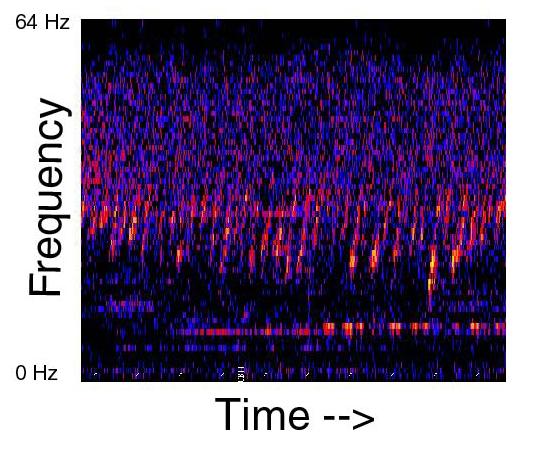
Another deep-sea enigma, the Upsweep was detected in the Pacific Ocean in 1991. This sound consists of a continuous series of narrow-band upsweeping noises that vary seasonally, with peaks in spring and fall. Some scientists believe it may originate from underwater volcanic activity, but there is no conclusive evidence. Unlike other oceanic sounds, Upsweep has shown consistency for decades, making it more perplexing. Its exact location is difficult to pinpoint due to its wide frequency range. To this day, researchers are still trying to fully understand what causes this persistent underwater hum.
Quackers

During the Cold War, Soviet submarines reported hearing a strange quacking sound, which earned the nickname “Quackers.” The sound was heard mostly in the North Atlantic and Arctic oceans, perplexing naval officers and scientists alike. Early theories suggested it could be a new kind of marine life or an enemy surveillance technology. However, even with advanced sonar and analysis techniques, no one has been able to explain this mysterious noise. Interestingly, the sound disappeared as suddenly as it began, leaving its origins completely unknown. Some have speculated it could have been related to temperature or underwater currents, but no solid evidence has been provided.
Whistle of the Mariana Trench
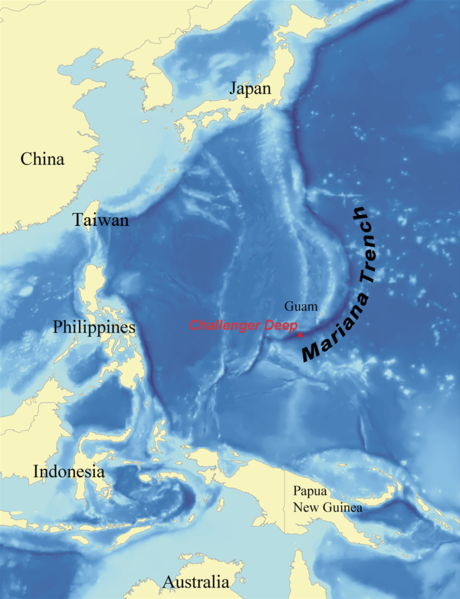
The Mariana Trench, Earth’s deepest oceanic point, emitted a mysterious whistle that researchers detected in 2014. The sound was a combination of low-frequency moans and high-pitched whistles, lasting up to five minutes. Some scientists initially thought the sound was from a whale species, but the complexity of the signal led to further scrutiny. It could be linked to underwater seismic activity, though the evidence is still inconclusive. The frequency and pattern of the sound do not match known marine communication patterns. The Mariana Trench’s immense depth only adds to the difficulty in discovering the true source of this eerie whistle.
The Forest Roar

A loud, deep roar echoing through forests has puzzled locals and scientists for years. The sound is often compared to the roar of a lion but has been heard in regions with no large predators. Some attribute it to wind moving through trees or natural seismic activity underground. Despite these plausible explanations, recordings of the sound show that it doesn’t always occur during windy conditions. Its sporadic nature and location variability make it an elusive mystery to study. Many theories exist, but none has definitively pinpointed the origin of this strange, forested roar.
Taos Hum
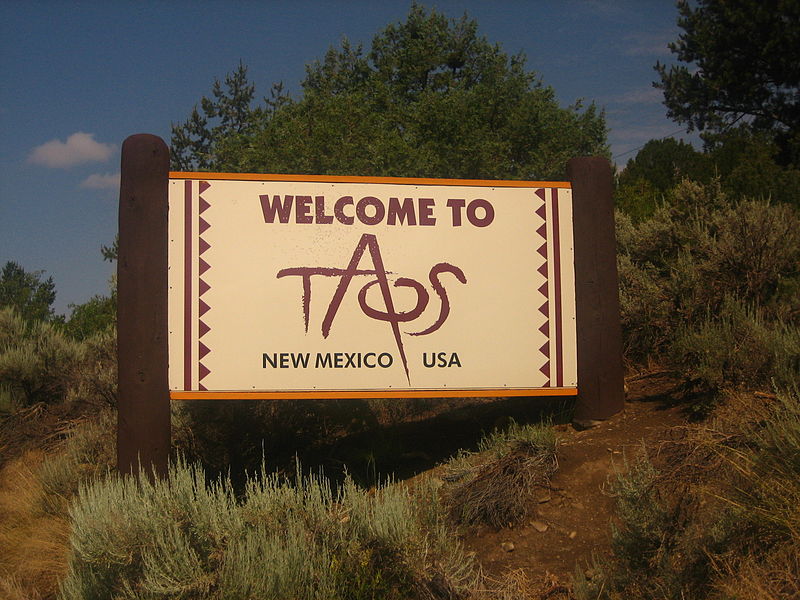
The Taos Hum is a low-frequency sound heard by residents in Taos, New Mexico. Despite its persistence and reports from many locals, researchers have been unable to capture the sound with scientific equipment. This has led to much debate on whether the sound is external or psychological. Some scientists believe the hum could be related to subtle earth movements or nearby industrial activity. Others think it may be a form of tinnitus affecting a specific group of people. Nonetheless, the Taos Hum continues to puzzle both the people who hear it and the experts trying to explain it.
Aurora Borealis Crackles
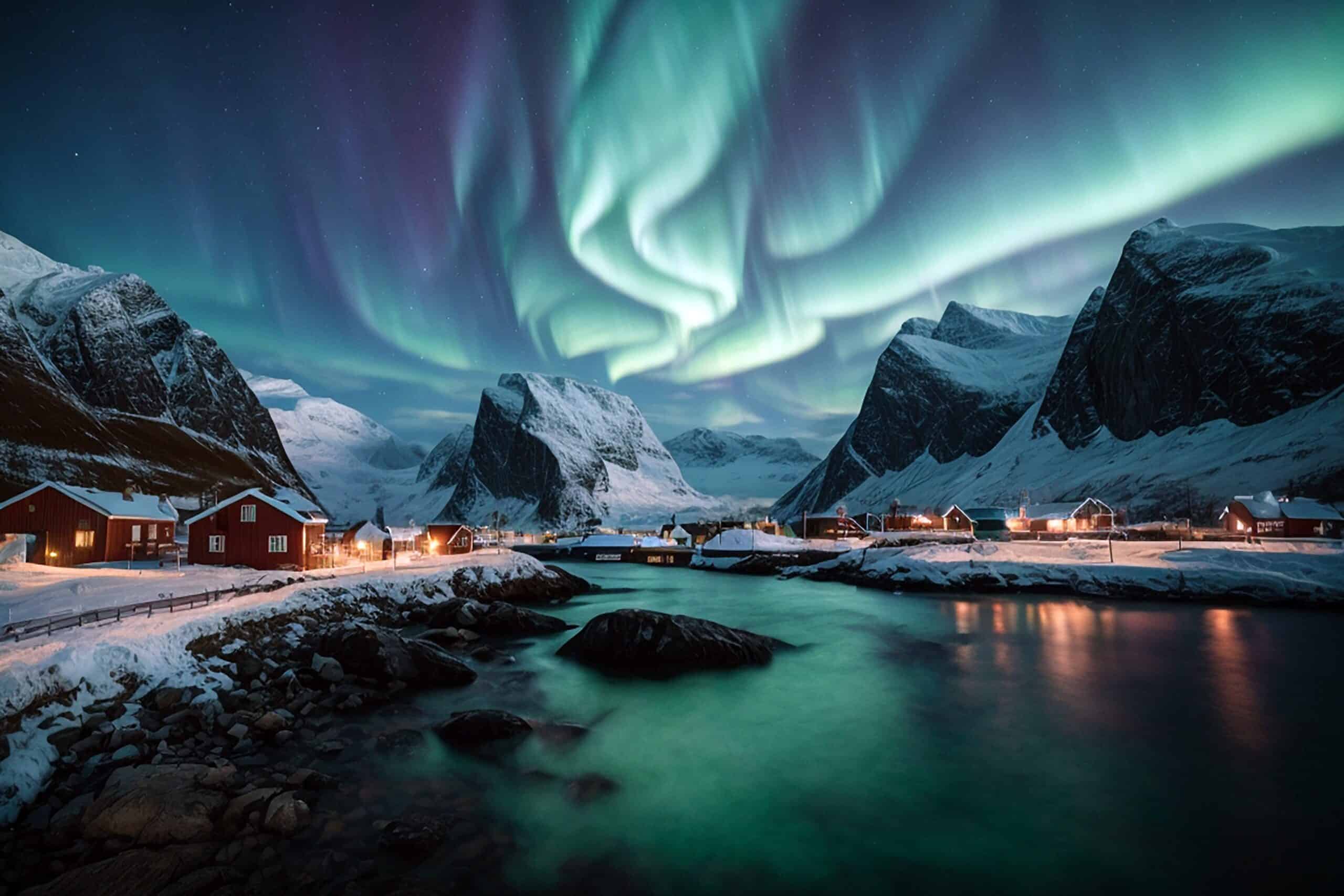
Many who have witnessed the Northern Lights also claim to hear strange crackling or hissing sounds accompanying the visual display. Despite being a visual phenomenon caused by solar particles hitting the Earth’s atmosphere, these auditory experiences have left researchers baffled. The sounds are often described as faint but distinct and occur during intense aurora displays. Some scientists suggest they might be related to static electricity near the ground, though no concrete evidence supports this theory. Given the atmospheric conditions in which auroras occur, capturing the sounds is particularly challenging. This has left the connection between auroras and mysterious sounds largely unexplained.
Skyquakes
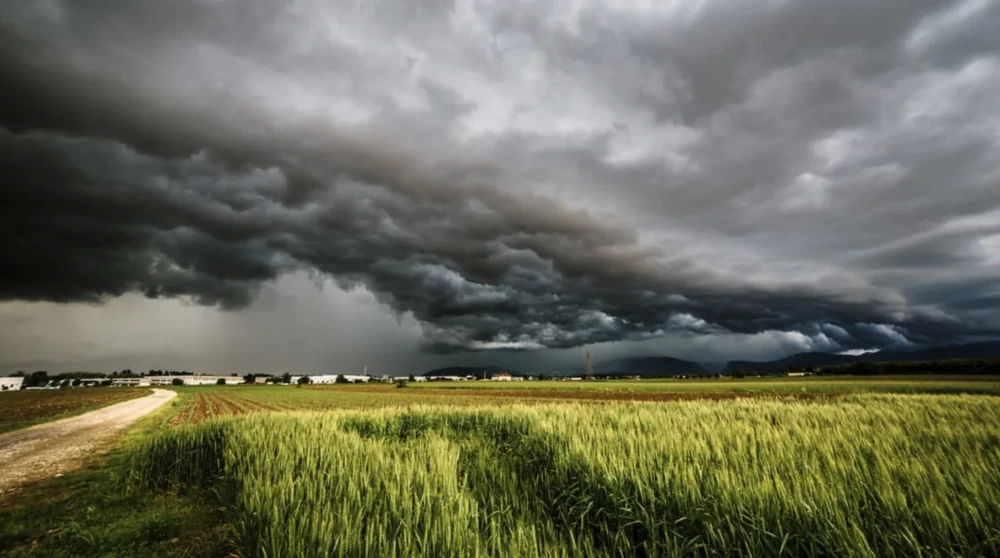
Skyquakes are loud, thunder-like booms that seem to come from the sky, shaking windows and startling people across the globe. These sounds have been reported from coastal regions to deserts, yet their source remains elusive. Some speculate that they are caused by meteors entering the atmosphere or underwater seismic activity, while others believe they could be linked to secret military operations. Despite these theories, no definitive explanation has been given, as no pattern or consistent environmental condition correlates with the occurrences. What makes skyquakes particularly mysterious is their occurrence in clear skies, with no associated storms or visible phenomena.
Lake Baikal Ice Cracking
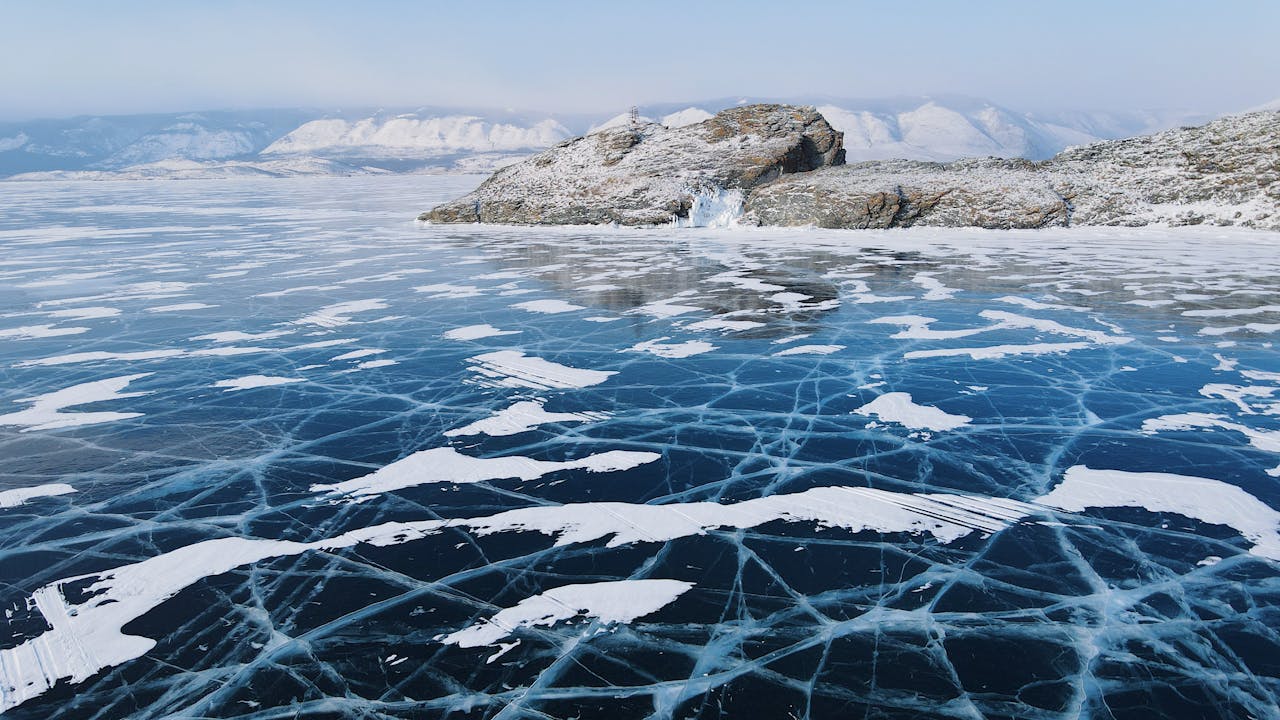
During the winter, Lake Baikal in Russia emits eerie, high-pitched sounds as its thick ice sheets crack. While ice cracking itself is a natural phenomenon, the sounds produced by Lake Baikal are unlike those heard in other icy environments. They range from gunshot-like bursts to melodic whistles, lasting for varying durations. Some scientists suggest the lake’s depth and unique geological structure might amplify these sounds, but there is still much debate. The acoustic properties of the ice, combined with temperature fluctuations, likely play a role, yet the exact mechanism remains unknown. The sounds are a haunting reminder of nature’s complexity.
Julia
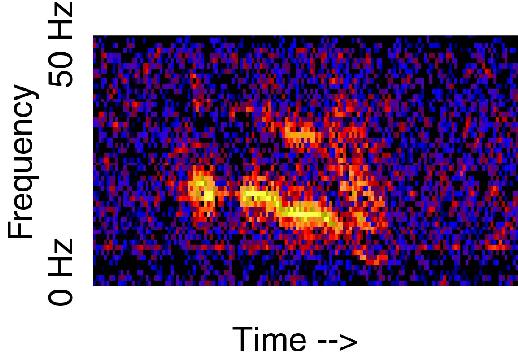
Another mysterious underwater sound detected by NOAA, Julia was recorded in 1999 in the Equatorial Pacific. The sound lasted for approximately 15 seconds and resembled a moan or wail. Some believe the sound came from a large iceberg running aground, but the true source has never been confirmed. Due to the vast expanse of ocean where it was recorded, pinpointing the exact origin of the sound has proven difficult. Its eerie, almost human-like tone has led to wild speculation, including theories about unknown marine creatures. While many believe it’s natural, the uncertainty keeps Julia among the most mysterious oceanic sounds.
Whistle of the Deep
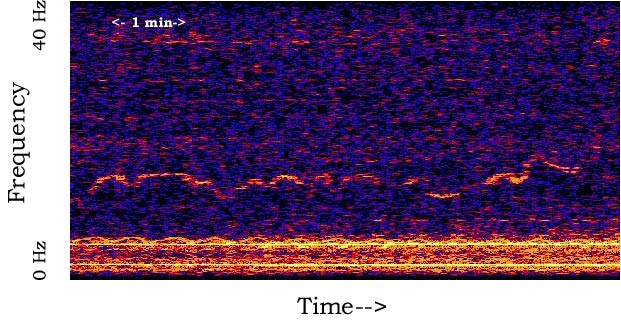
A mysterious, high-pitched whistle has been heard in some of the world’s deepest oceans, including near the Mariana Trench. Detected by hydrophones, the sound has puzzled scientists who have yet to identify its source. While it is speculated that it could come from large marine animals, no known species has been able to produce a similar noise. The whistle varies in intensity, leading some to believe it might be caused by a geological event or underwater pressure changes. However, the lack of conclusive evidence leaves this deep-sea sound unresolved. Its remote location makes further research challenging.
The Havana Syndrome Sounds

In recent years, strange buzzing and clicking sounds have been reported by U.S. diplomats in Havana, Cuba. These sounds are linked to the mysterious “Havana Syndrome,” where individuals experienced dizziness, headaches, and cognitive issues after hearing the noises. Some speculate the sounds are from covert surveillance or microwave devices, though no concrete explanation has been provided. Despite investigations by several international teams, the true cause of the sounds and their effects remains a mystery. The link between the auditory phenomena and health impacts only deepens the enigma. As of today, the Havana Syndrome continues to be a subject of intense scientific inquiry.
The Aztec Death Whistle

A terrifying sound, known as the Aztec Death Whistle, was first discovered in ancient Mesoamerican artifacts. When blown, this whistle emits a screeching sound resembling a human scream, believed to be used in rituals or warfare. While the mechanics of the sound are understood, its exact historical purpose remains uncertain. The whistle’s chilling tone has left researchers fascinated and disturbed. Some believe it was intended to strike fear into enemies during battle, while others suggest a more ceremonial use. The Death Whistle continues to be a haunting reminder of the acoustic mysteries of ancient civilizations.
Ocean Thunder
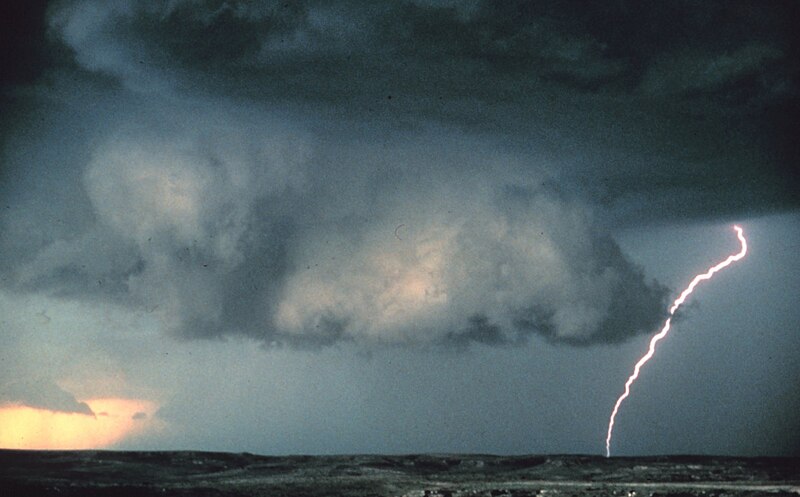
Sometimes, ocean waves can produce a thunder-like sound, heard especially during storms or in certain geographical areas. This phenomenon has led scientists to investigate whether the thunder comes from wave impacts, underwater volcanic activity, or other natural forces. Despite its name, Ocean Thunder doesn’t always coincide with actual weather conditions. Some believe it could be related to shifting tectonic plates or underwater landslides. The sporadic nature of the sound makes it difficult to study. Its deep, rumbling tones add to the sense of unease for those who encounter it.
The Upside-Down Waterfall Sound
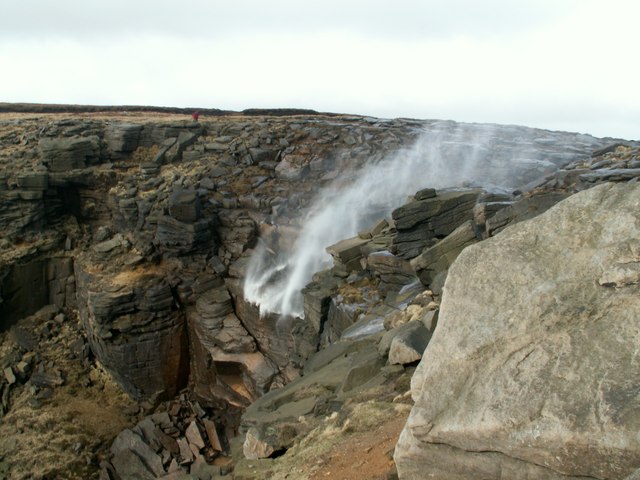
A peculiar sound that echoes through some coastal cliffs is often described as the “Upside-Down Waterfall.” This phenomenon occurs when strong winds push water from crashing waves upwards, creating the illusion of water falling in reverse. What makes this phenomenon mysterious is the accompanying deep, roaring sound, which seems disproportionate to the visible movement of water. While scientists have speculated that the noise might come from wind moving through the rock formations, no solid explanation has been reached. The unique combination of visual and auditory effects continues to puzzle both visitors and experts. This natural spectacle remains one of the more bizarre sound mysteries.
The Black Hills Rumble
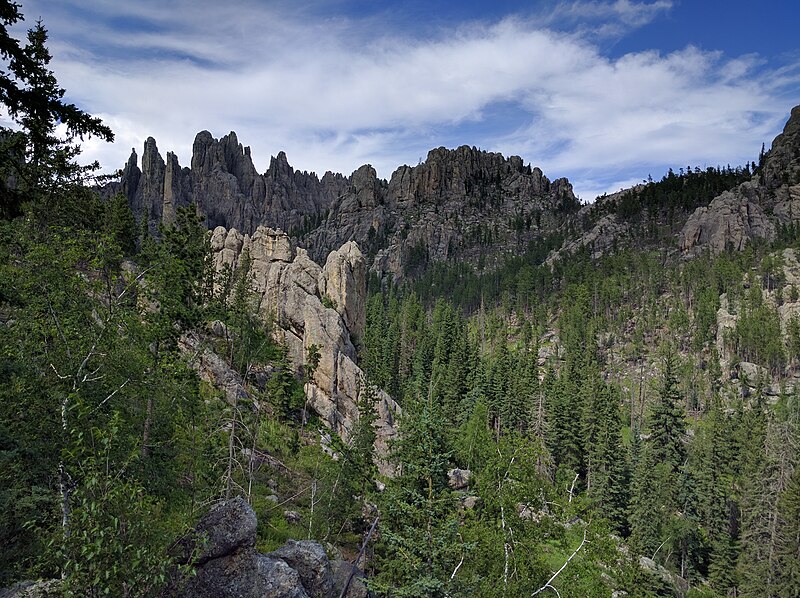
The Black Hills of South Dakota are home to a strange, rumbling sound that has been reported by both locals and tourists. The deep, resonating noise occurs at irregular intervals and has been linked to neither seismic activity nor weather conditions. Some believe it could be related to shifting underground caverns or ancient volcanic activity, but no definitive answers have been provided. The sound is often described as a distant thunderclap or the low growl of an engine. With no clear source or cause, the Black Hills Rumble remains an unexplained natural mystery, captivating those who hear it.
This article originally appeared on Rarest.org.
More From Rarest.Org
Sometimes, video games don’t find success right away but later gather a dedicated fan base that turns them into cult classics. These are often games that offer something unique or unconventional, leading to loyal followings despite their initial struggles. Read more.
Rivalries are the heart of sports, fueling some of the most memorable moments in history. Whether it’s a showdown between individuals or teams, these legendary battles go beyond just winning and losing, they shape the legacy of the sport itself. Read more.
Many beloved snacks from the past have disappeared from store shelves, leaving fans yearning for their return. Whether due to changing tastes, production costs, or shifting market trends, these discontinued treats hold a special place in the hearts of snack lovers. Read more.



